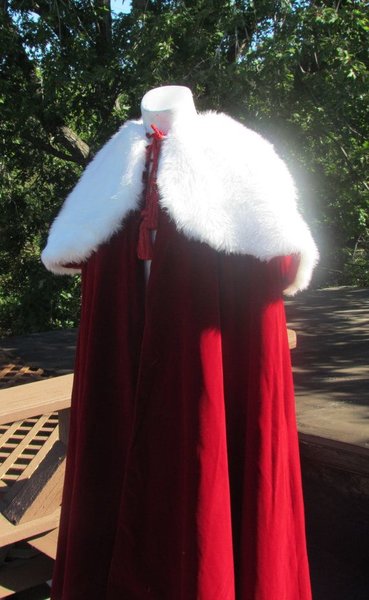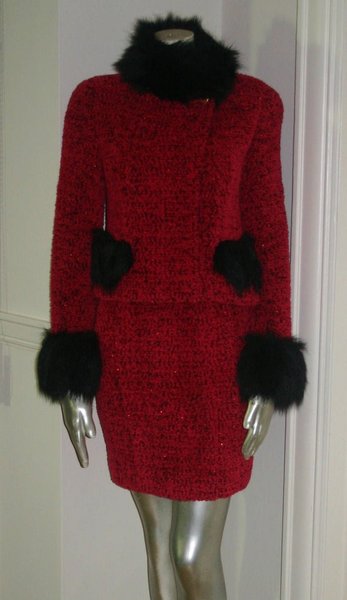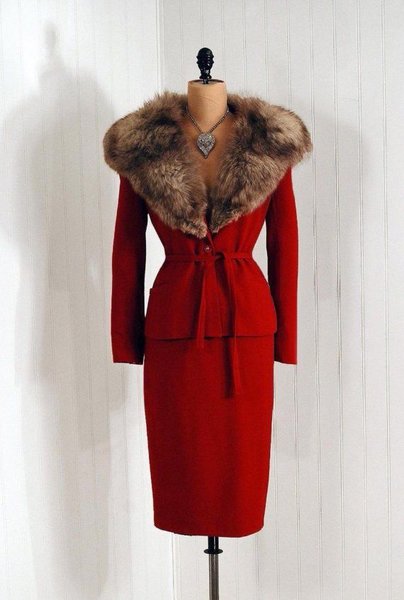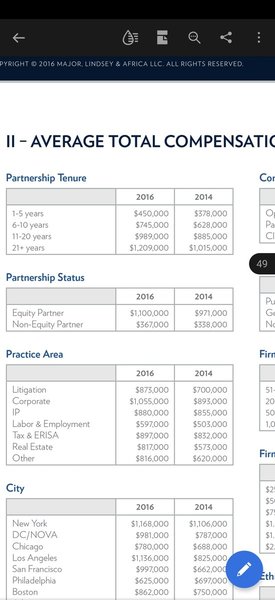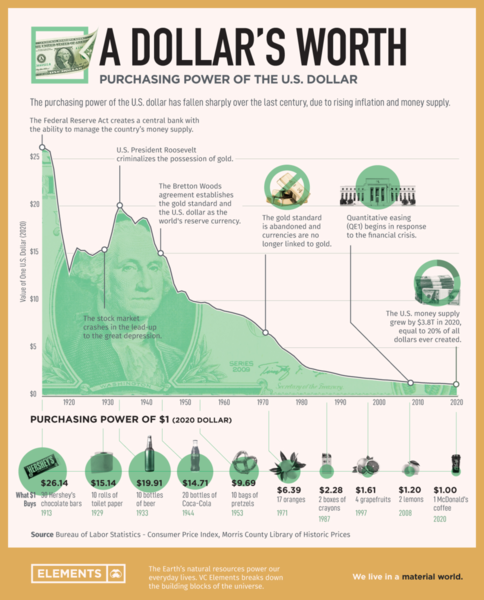Aenonymous
Senior Member
- Joined
- Apr 24, 2018
- Messages
- 665
- Reaction score
- 2,997
Actually that's not true - it's gone far beyond blemishes. The materials in AE shoes are not the same as they were a decade+ ago, and they are not as durable as they historically have been. I can go into specific details if you'd like but the AE shoe today is not the same quality it was in the mid 2000's, which was not the same quality it was previous to that.I agree the term is sort of used generically. I think it’s more helpful to be specific.
It also helps when we are comparing apples to apples. To say that the quality of Cole-Haan shoes has gone down completely ignores the fact that it’s not even the same company any more. One cannot compare today’s Cole Haan shoes to those made in the 1960’s.
One could make an argument for Allen Edmonds which appears to be demonstrating a similar transition. Though the quality in this case relates more to blemishes and aesthetic oversights vs. the actual durability of the shoe itself.
And you're correct that Cole Haan is not the same company it once was, however that's because it went down the road that AE and almost every other "American" manufacturer has or is traveling - cutting cost by cutting quality until there is no more quality left to cut, which eventually forces them into other categories of footwear that are less expensive to make and can still bring the company the profits they were previously accustomed to.
Last edited:

